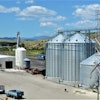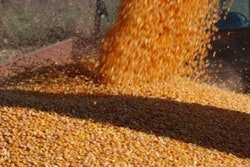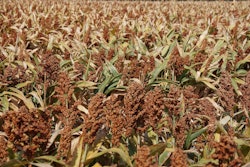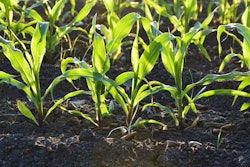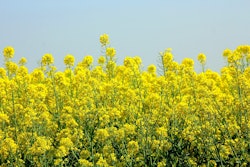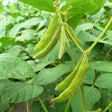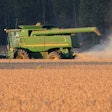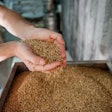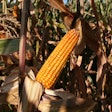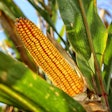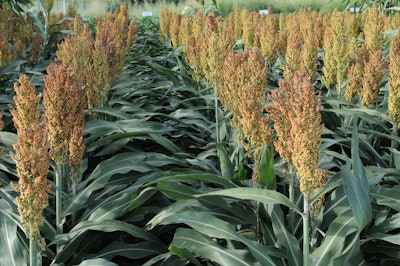
Kansas State University researchers have begun a study they hope will help them better understand the carbon footprint and ultimately the farm-level carbon intensity of grain sorghum, a measure that could benefit producers interested in selling that crop in the biofuels market.
Peter Tomlinson, an environmental quality agronomist with K-State Research and Extension, said the researchers are working with a producer near Colby to document sorghum production on 80-plus acres, using instruments that measure soil moisture, carbon dioxide, nitrous oxide, methane emissions and how the crop is performing throughout the year.
“The goal of this project is to collect crop production data at the farm level to understand what the inputs are as well as the carbon stocks in the soil and the greenhouse gas emissions that come out of sorghum production,” Tomlinson said.
“The ultimate goal,” he added, “is to have a comprehensive data set that can be used in calculating the carbon intensity value of grain sorghum.”
Carbon intensity value is the amount of carbon by weight that is emitted per unit of energy produced. Tomlinson called it “critical for producers when they go to market grain sorghum into the ethanol market.”
“It can be the yardstick by which they are compensated.”
K-State’s team includes Tomlinson, Lucas Haag (area agronomist at K-State’s Northwest Research-Extension Center in Colby) and Eduardo Santos (micrometerologist in K-State’s Department of Agronomy). Tomlinson said the team recently completed its first growing season; the project is slated to last 3 ½ years.
Similar studies are being conducted in Oklahoma and Texas. Tomlinson noted that ethanol production is one of the largest consumers of domestic grain in the U.S., so developing sustainable production methods for ethanol and bio-based fuels “has great potential to both reduce emissions and provide a net emissions-free source of energy.”
“I think this study is going to highlight that we have an efficient grain sorghum production system,” he said. “One of the key drivers behind nitrous oxide emissions is moisture, and having sufficient moisture to develop anaerobic regions within the soil where denitrification can occur.”
Tomlinson said that based on plot work that he and Haag have conducted in recent years, they’ve been able to document low nitrous oxide emission rates in western Kansas sorghum production.
Currently, he added, there is a lack of understanding of field-level emissions, as well as economic incentives beyond yields. K-State’s researchers, along with their colleagues in Oklahoma and Texas, hope to establish protocols for measuring the impact of yield-increasing and emissions-reducing technologies.
The research is supported by the U.S. Department of Energy.
“We hope that our work will open a wider marketing opportunity for sorghum as a biofuel feedstock,” Tomlinson said, “and hopefully for producers, the opportunity to gain additional value in the grain sorghum they are selling into the ethanol market.”

